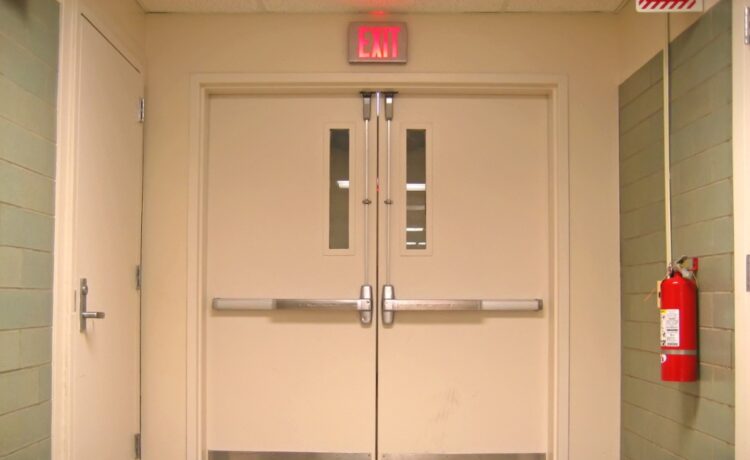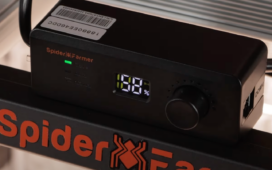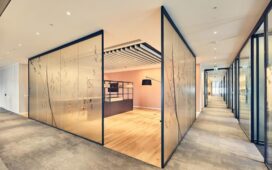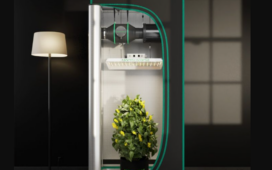Correct installation of fire doors is not the same as installing a standard door. It is a sophisticated technique that requires extensive understanding and should only be performed by someone who has received the necessary training. Failure to properly fit a fire door compromises the door’s functionality, putting property and people in danger. Your Building Control Officer will inspect the door for compliance, as well as the way it is installed and the components utilized in installation.
- Frames for Fire Doors
Doorframes are a component of the fire door system, and they must be produced and installed appropriately. To guarantee proper fire door installation, a fire door frame must meet the specifications specified in the fire door’s certification.
- Seals for Fire Doors
Internal fire doors must always be equipped with the appropriate intumescents or smoke seals. They serve an important function in limiting the spread of fire and smoke and must be properly installed.
A door must be free to move inside the frame to function properly. To do this, there must be a gap around the perimeter, which may jeopardize the door’s capacity to limit the spread of fire. As a result, intumescent strips must be installed to expand and fill the gap when exposed to heat. Intumescent strips are installed on the door frame in nine out of ten cases, although they can also be grooved in the door edge if necessary. It is critical that the intumescent seals stated in the test evidence be employed.
- Internal fire door ironmongery
The necessary ironmongery must be installed as part of the fire door’s test certification. Ironmongery refers to all of the hardware found on a fire door, including hinges, overhead door closers, latches, locks, and handles. In the case of a fire, the fire door will not function unless the proper ironmongery is installed and maintained. All of the interior fire doors are backed up by a Fire Test Assessment report that contains information on the ironmongery that may be installed.
- Internal fire door maintenance
A fire door, like any other life-saving appliance, should be tested regularly to verify that it is still functional. Any minor change to the door or its surrounds can have an impact on its performance and capacity to withstand a fire for half an hour. Most of the time, an interior fire door is utilized in the same way as any other door, and it is susceptible to normal wear and strain. We recommend cleaning your fire door in the same manner as you would a conventional door and re-varnishing / painting as needed. If you are doubtful, get advice from an expert fire door fitter.
Installing a Fire Safety door in your building
Correct installation of fire doors is an important safety element, especially in multi-story residential structures, where they are required by law. The most popular types of fire doors are FD30 and FD60, which provide 30 and 60 minutes of fire protection, respectively. However, if a fire door is not properly placed, its fire-suppression qualities are jeopardized. So, to assist any installers in avoiding this, we’ve produced a complete guide to fire door installation and the relevant legislation. If you need and fire door repair bay area ca or replacement, get in touch with your local experts today.













